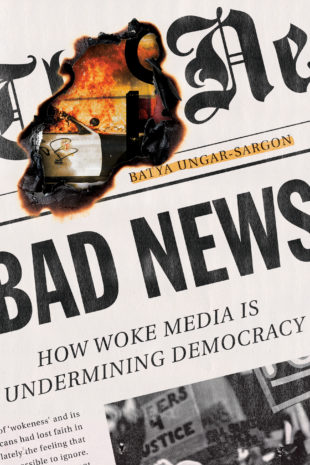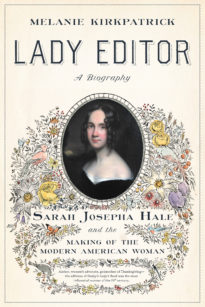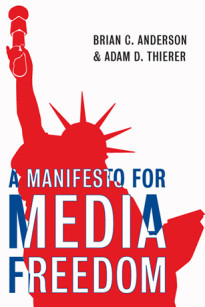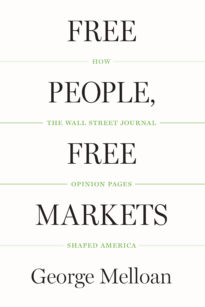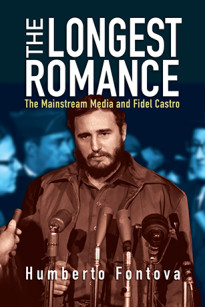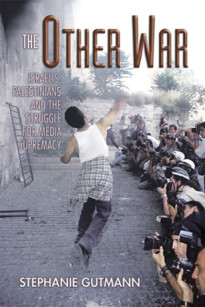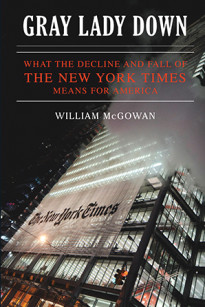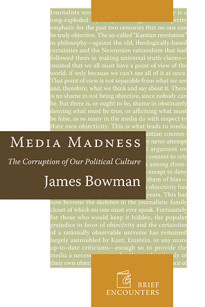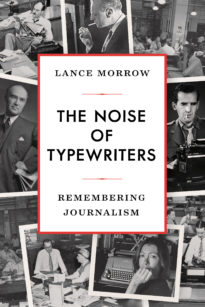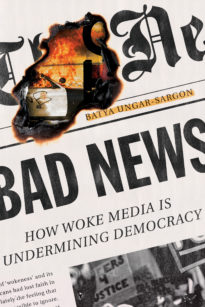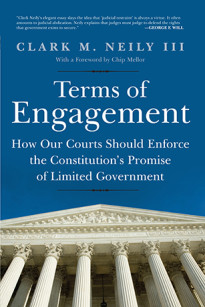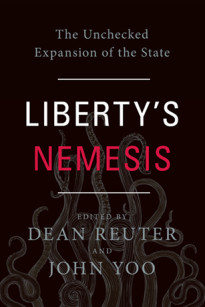T
here’s a view that’s taken hold of America’s national news media. It’s not a new one; it’s long been a staple among academics and activists. But increasingly, it has made its way out of the hallowed hallways of sociology and ethnic studies departments and seeped into America’s mainstream via our leading national news media outlets. It’s the belief that America is an unrepentant white-supremacist state that confers power and privilege on white people, which it systematically denies to people of color. Those who hold this view believe an interconnected network of racist institutions infects every level of society, culture, and politics, imprisoning us all in a power binary based on race regardless of our economic circumstances. And the solution, according to those who hold this view, is not to reform institutions that still struggle with racism but to transform the consciousness of everyday Americans until we prioritize race over everything else.
This view is known as “antiracism,” or by the shorthand of being “woke,” slang for being awake to what’s called systemic or institutional racism. And though many in this ideological camp pay lip service to the idea that race is a social construct rather than a biological reality, they view race as the most important and inescapable fact of American life, reducing America’s past and present to a binary of white oppressors and black and brown victims.
For a long time, this view was the province of far-left activists and academics. But over the past decade, it’s found its way into the mainstream, by and large through liberal media outlets like the New York Times, NPR, MSNBC, the Washington Post, Vox, CNN, the New Republic, and the Atlantic. Once fringe, the idea that America is an unabated white-supremacist country and that the most important thing about a person is the immutable fact of their race is the defining paradigm of today, the one now favored by white liberals to describe our current moment. And it was when white liberals began espousing this woke narrative that it went from being mainstream to being an obsession; and even, most recently, to being an outright moral panic. The obsessive enthusiasm for wokeness among white liberals created a feedback loop with their media outlets that was then reinforced through a new and staggering uniformity of views across once distinct publications and news channels, showing up in ubiquitous television segments like Don Lemon’s, and articles like “Is the White Church Inherently Racist?” and “The Housewives of White Supremacy” and “When Black People Are in Pain, White People Just Join Book Clubs” and “How White Women Use Themselves as Instruments of Terror,”8 the bread and butter of the New York Times and the Washington Post.
Where did this obsession come from? The election of Donald Trump is often given the credit for the national liberal news media’s newly woke outlook: Trump was so extreme in his disregard of liberal mores, so willing to offend with comments that were sometimes casually racist—comments that were amplified and justified throughout conservative and right-wing news outlets—that America’s liberal camp, including the liberal media, swung hard to the left. This is true: The mainstream media certainly molded itself around Trump, whose presidency was a major gift to MSNBC and CNN and the New York Times—outlets that were facing a bleak outlook are now thriving thanks to the ratings and clicks that the Trump stories generated.
But the woke moral panic mainstreamed by the liberal news media had actually been underway for at least five years before Trump appeared on the scene. It began around 2011, the year the New York Times erected its online paywall. It was then that articles mentioning “racism,” “people of color,” “slavery,” or “oppression” started to appear with exponential frequency at the Times, BuzzFeed, Vox, the Washington Post, and NPR, according to sociologists tracking these developments. And as we will see throughout this book, this radical shift to the left on issues of identity was rooted in a longer-term trend in the media that has much more to do with class than it does with politics or race.
.
